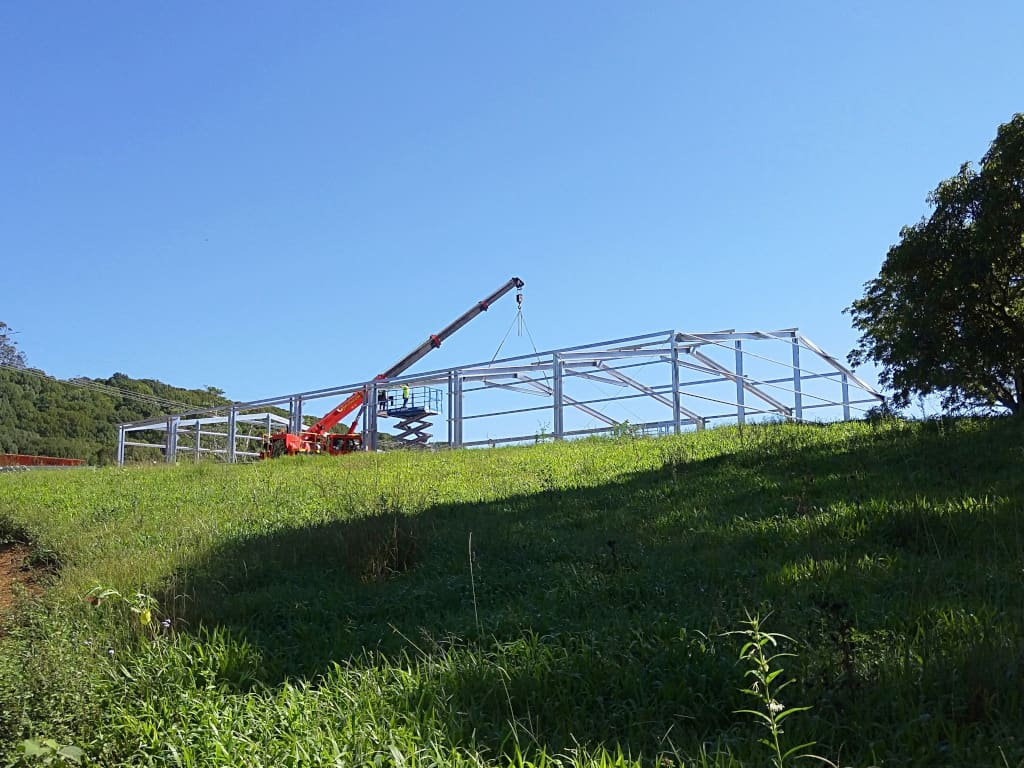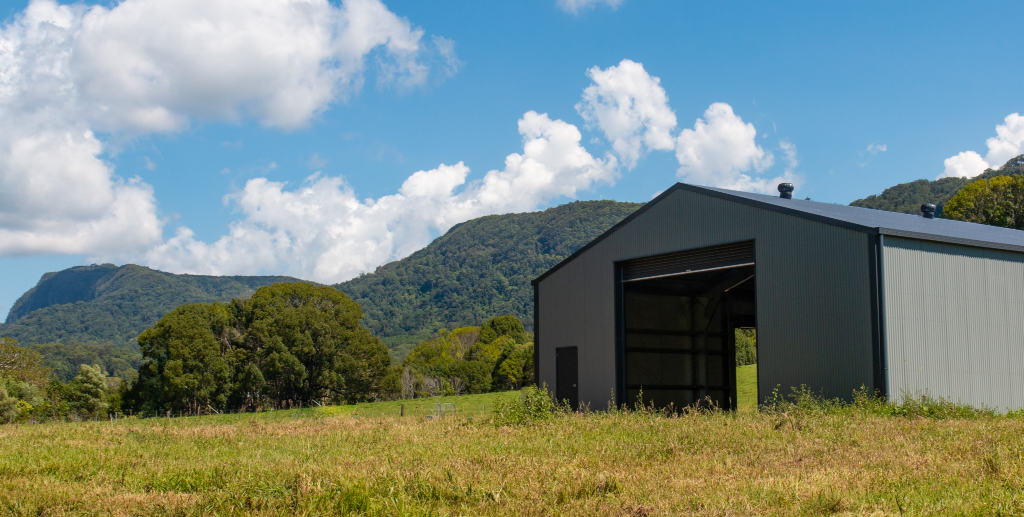Frequently Asked Questions and Answers for Shed Customers
With a strong background in the Australian shed industry spanning over 45 years, we’ve heard countless questions over the years from many shed customers looking to purchase a shed for their home.
In our current role as Australia’s leading shed software and shed retailer software solution, we hear from many shed retailers that they get asked questions about the NSW Shed Regulations, what permits they need, what size sheds they can build without a permit, and more.
So we’ve put together a guide on FAQs around New South Wales shed regulations that are sure to help both Australian shed businesses, and customers looking to build a shed alike.
(For those looking for information on QLD shed regulations, click here)
Here’s our guide to navigating common questions around NSW shed regulations.
Are NSW shed regulations the same as other states and territories?
NSW shed regulations and the regulations of other states and territories are, unfortunately, not the same.
Each state has its own regulations across the board, and building regulations are no different.
There may be some similarities, and some of the regulation specifics are the same; but the general rule of thumb is to always check your local regulations for your state and local council, before undertaking any build.
One thing that state-specific regulations do have in common, is that a shed must be designed and constructed as a Class 10a building, under the national Building Code of Australia (otherwise known as the national construction code).
Before you build a shed: what to know
Before building a shed in NSW, read this
If you want to build a shed in New South Wales, you may need to apply for (and obtain successfully) the following:
Shed permits required in NSW:
There are two approvals you might need to have in place:
- A Development Approval (DA)
- And a Construction Certificate (CC).
In some situations you may be able to bypass these if your building meets certain requirements, with a Complying Development Certificate) CDC, which can be gained through a private certifier. You may also be able to bypass some or all of these approvals if your shed meets certain exemption qualifications. You may also need other local, council, or third party approvals or permits, depending on the specifics of your property and your local council’s rules.
Other important factors:
It’s important to find out the key information about your property’s location, before you begin, such as zoning, overlays, neighbourhood plans, any applicable council approvals you may need, and more.
In NSW and in other states, you also need to be careful about any upgrades to the shed, as they may require a building permit where one wasn’t needed before. Before making any alterations to your shed down the track, it’s important to check in to see if these need approval as well.
Things that make the permit approval process a little tricker can include installing electricity, solar panels or plumbing. So it is important to establish how plans for these elements could affect your permits, applications and requirements, beforehand.
What classifies as a ‘shed’?
In Australian building codes, a ‘shed’ is classified as a non-habitable Class 10a building that has a residential property on the same site. It isn’t the main feature of the surrounding landscape.
While a shed is a non-habitable building, it still must be built to comply with the minimum Building Codes of Australia standards and rules.
If your shed is on a non-residential property, like a farm, you might have different requirements, based on your local council’s specifics, and calling them is the best way to find out what these are.
If you are building a shed that is habitable, like a tiny home, a man-cave or she shed that may be classed as habitable, it’s a good idea to check with your local council about this first, to double-check which codes, standards and approvals apply to your specific project, in your local area.
What size shed do I not need a building approval for in NSW?
In most states and territories, sheds are allowed up to 10m2 in area before a permit application is needed. However some have additional requirements about the height, material used, and where they are placed within a property in order to qualify for this exemption.
Here are the key requirements for NSW specifically, for exemption from building permits.

Shed sizes in New South Wales (and other requirements for exemption)
In NSW, sheds will not need a building approval — a development application (DA) or complying development certificate (CDC) — if they meet all of the following requirements:
- The shed is the only detached structure on your property
- The shed is no larger than 20m2 in total area for residential areas, or no longer than 50m2 in a rural area (RU1,RU2,RU3,RU4,RU5).
- The shed is on the ground and not raised off of it more than 3m
- The shed is not built from a shipping container
- If in a fire-prone area, the shed must not be made of fire-prone materials
- The shed does not impact on the fire safety of any other buildings on the property or adjacent (including entrances not being blocked or partially obstructed)
- Water running off the shed would not have any negative impact on adjacent properties or other neighbours.
- In residential areas, the shed is made of low-reflective construction material.
- The shed is placed 900mm or further away, from any boundary of the property.
- No more than 2 structures are on the property (including the new shed)
How do I get approval to build a shed in NSW?
Across the board, the building approval process for a shed typically involves submitting plans for the shed to the local council for review and approval.
The council will assess the plans to ensure that the shed complies with relevant building codes and regulations. If the plans are approved, the council will issue a building approval certificate, which is required before construction of the shed can begin.
A similar process applies for any other approvals needed.
The easiest way to get a shed building approval in NSW:
Talking to a private certifier, your shed retailer, the company who has designed your shed, or your shed builder, is a good starting point. One of these parties should be able to let you know whether a Complying Development Certificate (CDC) is feasible for your shed, and if this can be used to bypass the need for a Development Approval (DA) and Construction Certificate (CC). If not they can usually help you with the Development Approval process and Construction Certificate process.
Your DA is an early-stage approval for the high level permissions you’ll need, and determines if your structure is compliant or non compliant with zoning requirements, overlays and council rules and laws. Your Construction Certificate follows this, and goes into much greater detail to ensure the Building Code is complied with.
A private certifier hired specifically to help with these approvals may cost, so as a first point of call we recommend talking to the shed retailer organising your shed design, or the builder who is building your shed, about how they can help. Some may be private certifiers themselves, some may offer a service to help with the application process, and most should be able to provide you with the information, details, specs, plans and drawings needed to submit within your approval applications. They should be able to guide you on what the easiest process will be for your particular case, and may be able to advise on what applications and permits you’ll need for your site and project.
Your NSW shed must meet the building standards, to get approval
In NSW, in order to get any approvals, permits and licences required for your particular project, your building will need to be compliant with all of the applicant building laws and regulations.
Including:
- The Building Code of Australia
- Chapter 3 and 4 of the Building Act 1975
- And any ‘local law’ or ‘planning instrument’ from the Building Act 1975 that may apply
- You may also need local council approvals. You can contact your local council to check if any do apply for your property and build.
- And any other state specific building codes. (Your shed retailer, builder, or the company that is designing and planning your shed, or a private building certifier, should be able to help you with this).

What does the actual application process involve?
While it may seem like a difficult process to get the necessary permits, it doesn’t have to be.
Here’s the process in general of getting a building permit for a shed.
These are the general steps, so it’s important to check with your local council, (in addition to the NSW state-specific requirements).
Within your NSW building permit application, you’ll need to cover:
- Shed design - a copy of the shed design, and details of the design, such as architectural drawings, specs and details, such as engineering information, materials, and other similar details will usually be required.
- Plans for the shed build will most often be required, detailing how the build process will work.
- A statement of what the shed’s purpose is — your local council will want to know what you’re using the shed for, to determine if it’s going to meet the standards and conditions — this also to ensure that you don’t accidentally break any rules and get into trouble.
- A building application for the project — you will usually have to lodge all of this information in a formal application process, pay an application fee, and then wait for it to come back. If you don’t provide all the information needed, it might be delayed, and even rejected.
- Be sure to also make sure you take care of any planning applications and other local permits needed for your area.

